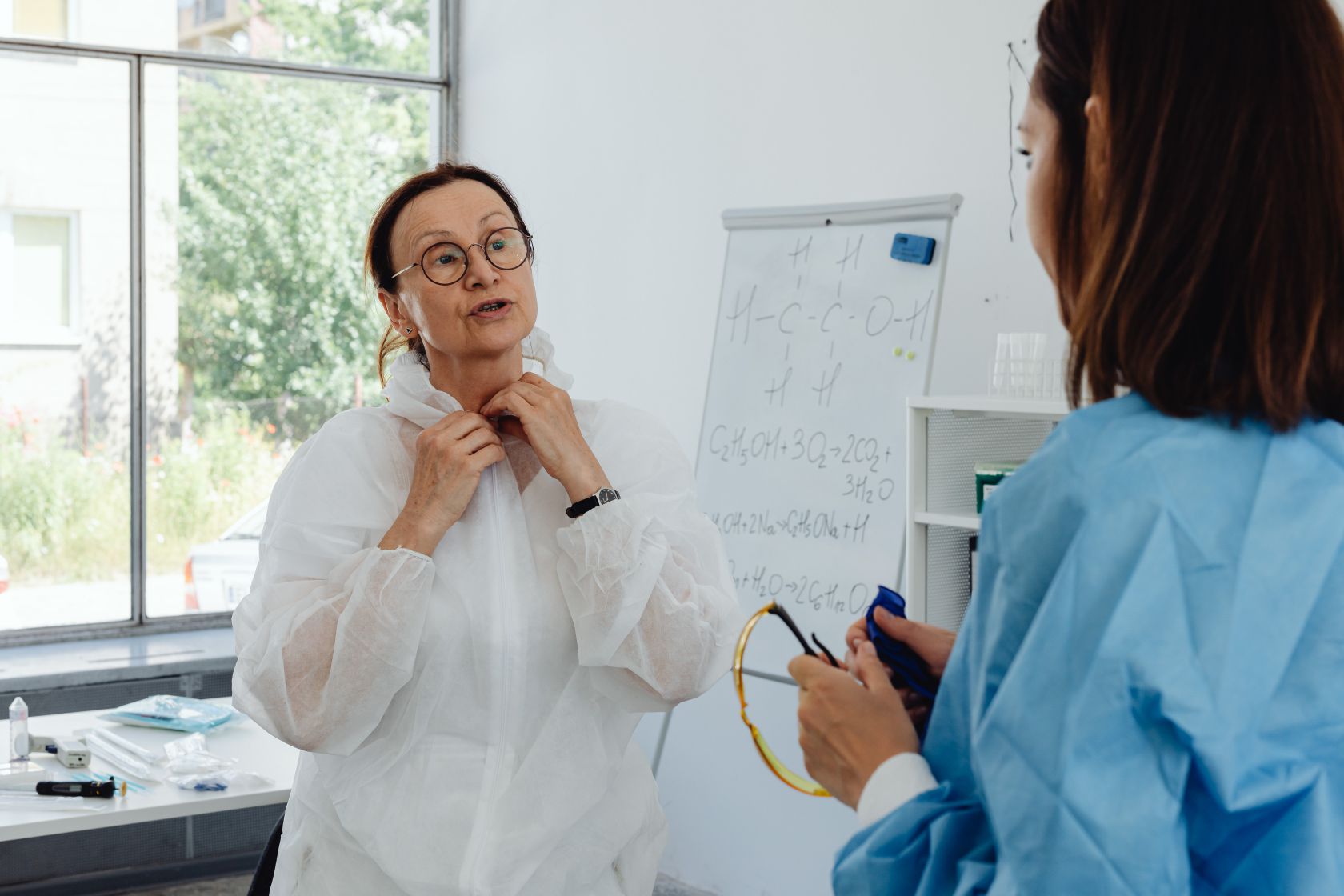Noticing lumps and other changes in your breasts can be concerning, but it’s important not to panic if you find any. Although your mind may immediately jump to cancer as a possible cause, it may help you to know that most breast lumps are non-cancerous or benign.
You’ll usually be able to identify a benign breast lump by its smooth edges, which will also move slightly within the breast tissue when you push against it.
Because breast tissue is highly sensitive to the hormonal changes accompanying the menstrual cycle, you’ll likely experience many breast changes throughout your life.
Breast lumps can also occur due to breast infections or traumatic injury to the breast. Familiarising yourself with common non-cancerous breast conditions can help preserve your peace of mind if you discover an unfamiliar mass in one or both of your breasts.

The following are some of the more common non-cancerous breast lumps women and AFAB people should watch out for:
Table of Contents
Fibroadenomas
A fibroadenoma breast lump is the most common type of benign breast lump. Fibroadenomas occur most frequently in people between 20 and 30 but can appear at any age. They can develop anywhere in the breast tissue; some may even develop multiple fibroadenomas in one or both breasts. According to current research, most fibroadenomas do not lead to cancer or increase a person’s risk of contracting breast cancer.
Most fibroadenomas are not typically painful, though they may ache or become tender during menstruation due to rising hormone levels. They tend to be oval-shaped or round, with clear-cut edges and may either be rubbery or firm to the touch.
You should be able to move them around somewhat freely in the breast tissue. On average, fibroadenoma sizes can range from around the size of a marble to around 2.5 cm in diameter. However, giant fibroadenomas of 5 cm or larger and tiny fibroadenomas that are only detectable via breast imaging have also been recorded in some patients.
Healthcare providers can sometimes diagnose fibroadenomas by touch alone, but they’ll generally recommend a mammogram or breast ultrasound to confirm the diagnosis. Most fibroadenomas can safely be left alone without treatment, especially if they shrink or stop growing independently.
However, surgical removal may be recommended if a fibroadenoma keeps growing or causes the affected person pain and discomfort. People with fibroadenomas will need regular breast exams to ensure that the lumps are not growing.
Cysts
Breast cysts are oval or round fluid-filled sacs that can develop in one or both breasts due to fluid buildup in the breast glands. Though the exact cause of this buildup is unknown, most doctors theorize that it’s related to hormonal changes brought about by the menstrual cycle.
Breast cysts begin as microcysts, tiny lumps that are usually too small to feel. If fluid accumulates, microcysts can grow into macrocysts, which can be felt easily in the breast tissue. Macrocysts can grow as large as 2-6 cm across.
Similarly to fibroadenomas, cysts can be moved within the breast tissue. They will often feel tender to the touch but may grow and become more painful as a person’s monthly period approaches.
Breast cysts occur most frequently in women and AFAB people in their 30s and 40s, but they can appear at any age. These cysts are also one of the most common reasons a patient may be referred to a breast clinic for further diagnosis.
Cysts are typically classified under one of three types:
- Simple cysts are filled with fluid. Their walls are thin, smooth, and regularly shaped, without solid areas. These cysts are always benign and, therefore, not a cause for concern.
- Complicated cysts resemble simple cysts but feature small amounts of solid debris floating in the fluid. These cysts are unlikely to be cancerous, but doctors sometimes order follow-up exams or procedures to remove the fluid for safety.
- Complex cysts will have thicker walls, irregular or scalloped borders, and other solid areas. These cysts are also more likely to have debris in the fluid. Doctors typically recommend further testing for complex cysts to rule out the presence of blood or any unusual cells that may lead to cancer.
Fat Necrosis
Fat necrosis refers to round, firm, painless breast lumps of disintegrating and damaged fatty tissue. They often develop in people with very large breasts or those who experience traumatic injury to the breasts, such as blows or bruises.
Fat necrosis can also occur after radiation treatment or other breast surgeries. This particular breast change is always benign and doesn’t increase your risk of developing breast cancer.
Cases of fat necrosis may be left alone without treatment as long as the lumps don’t grow over time. Some instances of fat necrosis may even dissipate on their own. If the lumps grow or become uncomfortable or bothersome to the affected person, they can be surgically removed.

Ultimately, the only way to know whether a breast lump is cancerous is to have it checked by a doctor. Paying careful attention to changes in your breasts and reporting concerns immediately to your healthcare provider can help you maintain good breast health throughout your life.
Read: What Are the Leading Causes of Breast Cancer in the U.S.













